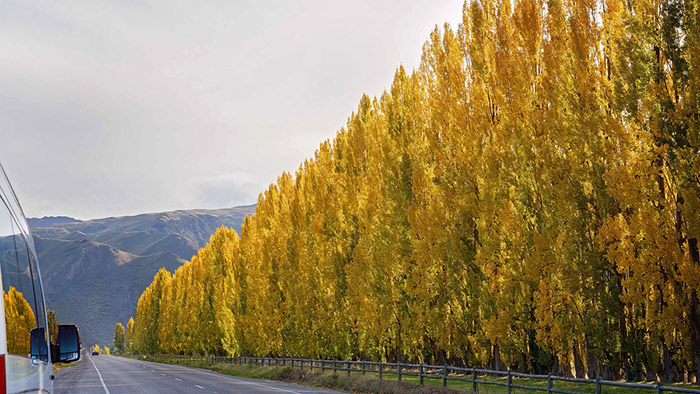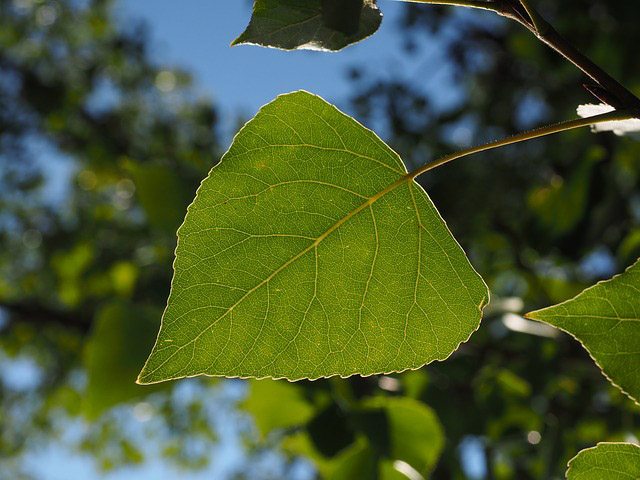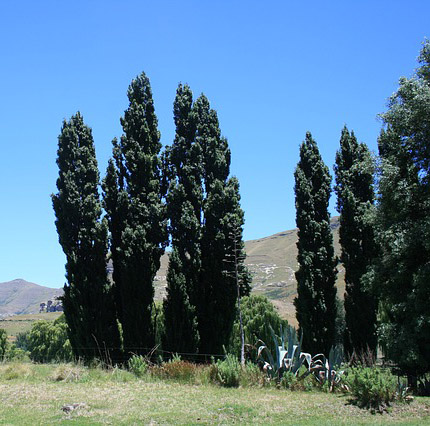Last updated on October 15th, 2023 at 10:10 am
Poplar trees for landscaping. Their botanical name is (Populus) or Cottonwood. They are fast-growing trees and require lots of water. They are in the Salicaceae or willow family and depending on how much water they receive they can grow up to 1-2 ft. per year.
The bark on young Poplar trees is smooth, white to greenish or dark grey. The foliage is large dark green in color and turns a golden yellow in fall. They are deciduous meaning there are no leaves during the winter seasons. They like water but can tolerate drought conditions once they become well-established.
Types of Poplar Trees
There are about 35 types of Poplar trees but the most common one is the Lombardy Poplar. They will grow up to 80 ft. in height and about 15 maybe 20 ft. in width.
The Columnar poplar is the most common and will grow up to 90 ft. tall in height with white bark. These types of trees are used for border and formal landscape designs.
It is a good tree for the Southwest; however, their root systems are invasive so best to plant them away from water lines, pools, or septic tanks. It does provide some shade during the hot summer months.
Poplar trees landscaping
The Black or Populus Nigra is another good tree for landscaping. Also, called the Lombardy Poplar tree. It is fast growing and is a bit wider tree but still grows upright.
Poplar tree leaves will turn a nice golden yellow during the fall seasons. It’s a spectacular landscaping scene during the fall.


The Populus Fremontii tree
Also called the Alamo Cottonwood. They can be found from Southern California to west Texas and up towards Colorado. It’s also one of the more readily available at most local nurseries throughout the Southwest. Read more about Southwest trees here.
The USDA Garden zone for Poplar trees landscaping is 3-9

Problems with Poplar trees
As mentioned earlier the root system is invasive, they are also susceptible to tree borers. Their wood is soft making it easier for borers and other insects to dig into the tree.
Caterpillars, Aphids, and other insects will invade this tree. Spraying with a good insecticide will keep these insects at bay. You will need to use Thuricide to kill caterpillars that are on these trees. Spraying with horticulture oil during the early spring season will prevent the insect larvae from hatching.
A system insecticide is also another way of killing insects. This type of insecticide is applied to the surrounding ground. The root system will take in the insecticide and eventually into the foliage, stems, and branches thus killing all insects…excluding caterpillars.
Another problem is the Slime flux disease. Read more about this disease right here.




